OBJECTIVE:
ANSYS HFSS is 3D electromagnetic (EM) simulation software for designing and simulating high-frequency electronic products such as antennas, antenna arrays, RF or microwave components, high-speed interconnects, filters, connectors, IC packages and printed circuit boards. Its offer high performance full-wave electromagnetic (EM) field simulator for arbitrary 3D volumetric passive device modeling that takes advantage of the familiar Microsoft Windows graphical user interface. It integrates simulation, visualization; solid modeling and automation in easy-to-learn environment where solutions to your 3D EM problems are quickly and accurately obtained. ANSYS HFSS employs the Finite element method (FEM), adaptive meshing and brilliant graphics to give you un-parallel performance and insight to all of your 3D EM problems. ANSYS HFSS can be used to calculate parameters such as S-parameters, Gain, and Radiation pattern.
SUMMARY:
Orientation Program conducted for II, III, IV B.Tech ECE students of AEC as part of the college IIC event. It was held from 24th September to 28th September in an auditorium, the ground floor of the AEC. The session started with an introduction session about the objective and requirement of the BASICS, DESIGN AND ANALYSIS OF RF ANTENNA USING HFSS by Dr. P Ashok Kumar, Associate Professor, Department of ECE, Potti Sriramulu Chalavadi Mallikarjuna Rao College of Engineering and Technology. The presentation continued, it helps to students, how to prepare to see and act when opportunity arises them in future directions, how to take the many ideas, generate and determine which ones are likely to produce specific, desired outcomes on a HFSS DESIGNS on RF ANTENNAS.
Day 1 of Session 1: learned about Antenna Introduction to Antennas, Types of Antennas & Applications.
Day 1 of Session 2: Antenna Parameters S-Parameters (S11), Radiation Pattern, Gain and Directivity, VSWR (Voltage Standing Wave Ratio), Impedance Matching.
Day 2 of session 1: HFSS Introduction & Installation General navigation of software menus, toolbars, and quick keys. Variable assignment. Overview of commands used to create structures.
Day 2 of session 2: Proper design and implementation Analysis Setup. Report Creation and options.
Day 3 of session 1: Microstrip Patch Antennas Overview of Antenna Fundamentals, Understanding Microstrip Patch Antennas, Advantages and Limitations, Applications of Microstrip Patch Antennas, Design Considerations, Preparation for Simulation.
Day 3 of session 2: Designing a Microstrip Patch Antenna in HFSS Simulation and Analysis Interpreting Results Optimization Techniques Practical Tips and Troubleshooting, Q&A and Hands-On Practice.
Day 4 of session 1: CPW (Co-Planar Waveguide) Feed Antennas Introduction to CPW (Co-Planar Waveguide) Feed Antennas, Key Characteristics and Benefits of CPW Feed, CPW Design Parameters, Types of CPW Feed Antennas, Applications of CPW Feed Antennas Designing CPW Feed Antennas using HFSS Simulation Setup and Boundary Conditions, Analyzing Results and Performance, Optimization Troubleshooting, Common Design Challenges in HFSS.
Day 4 of session 2: Array Antennas Design Principles Introduction to Array Antennas Design Principles and HFSS Basics Designing a Array Antennas in HFSS Practical HFSS Application for Array Antennas Optimization, Troubleshooting, and Case Study.
Day 5 of session 1: MIMO Antennas Introduction to MIMO Antennas Design Principles and HFSS Basics Designing a MIMO Antennas in HFSS Practical HFSS Application for MIMO Antennas Optimization, Troubleshooting, and Case Study.
Day 5 of session 2: Task Hands-On Design Exercise, Project Planning and Execution, Project Presentation and Feedback& Q&A and Wrap-Up
BENEFITS:
HFSS (High-Frequency Structural Simulator) workshops offer several benefits:
1. Hands-On Learning: Participants gain practical experience with the software, enhancing their understanding of high-frequency simulations.
2. Expert Guidance: Workshops often include instruction from experienced professionals, providing valuable insights and tips.
3. Networking Opportunities: Attendees can connect with peers and industry experts, fostering collaboration and sharing best practices.
4. Problem-Solving Skills: Participants learn to troubleshoot common issues, improving their ability to tackle real-world challenges.
5. Updated Techniques: Workshops usually cover the latest features and methodologies, keeping users informed about advancements in the field.
6. Application Knowledge: Understanding how to apply HFSS in various contexts, such as RF design, antennas, and electromagnetic compatibility, enhances participants’ skill sets.
7. Certification and Credentials: Completing a workshop can provide certificates or credentials that bolster professional qualifications.
Overall, HFSS workshops equip individuals with the skills and knowledge necessary for effective high-frequency electromagnetic simulations.

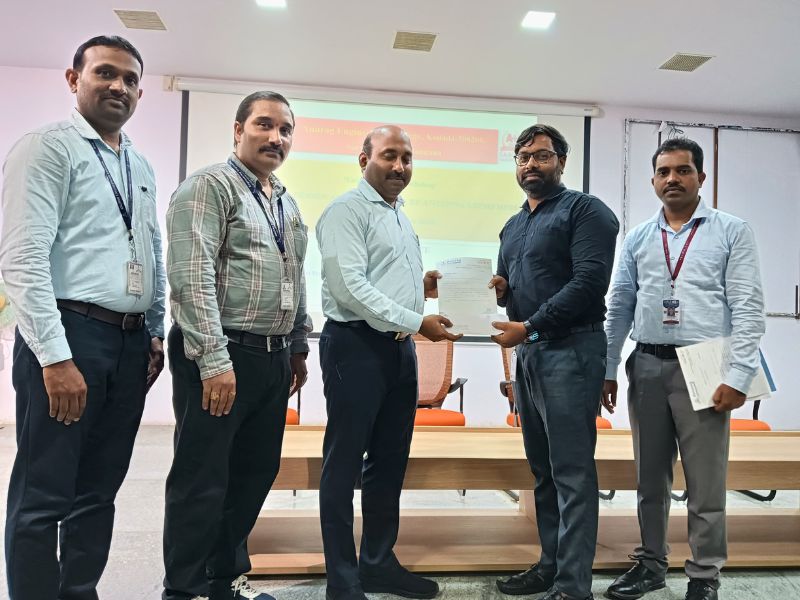
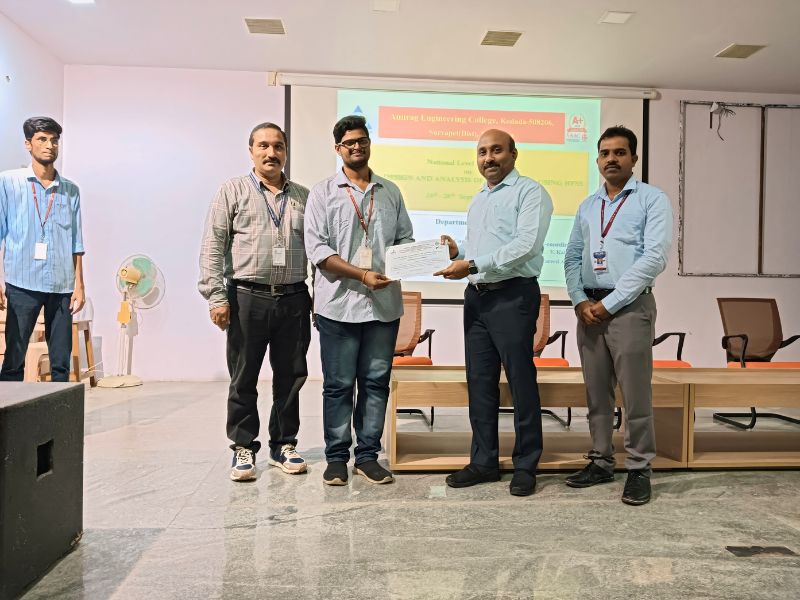
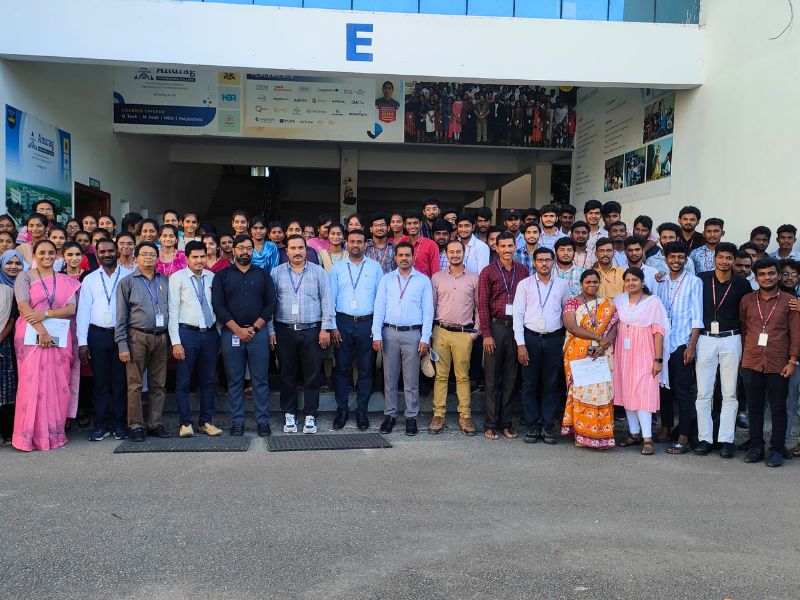
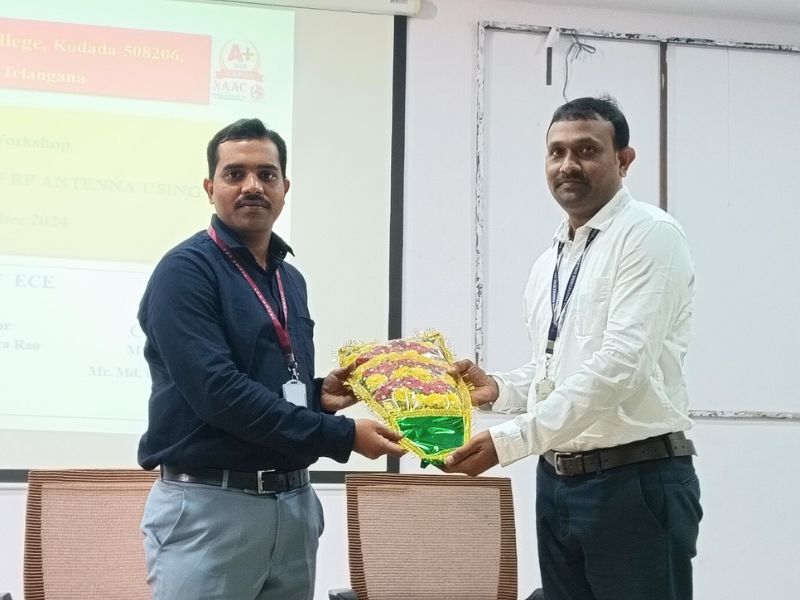
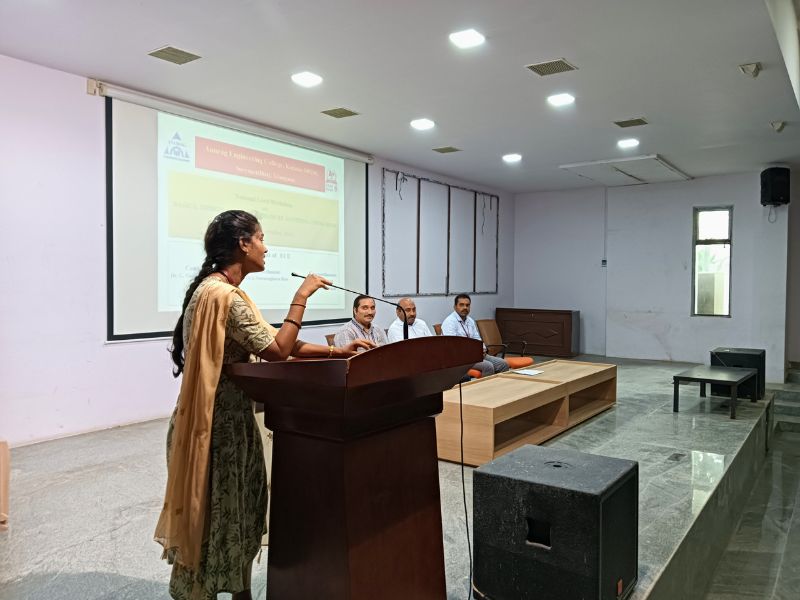
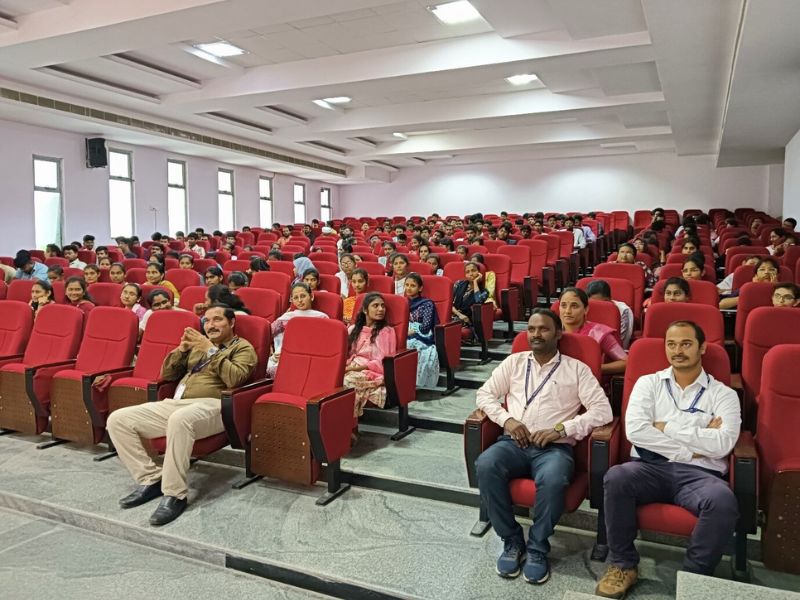



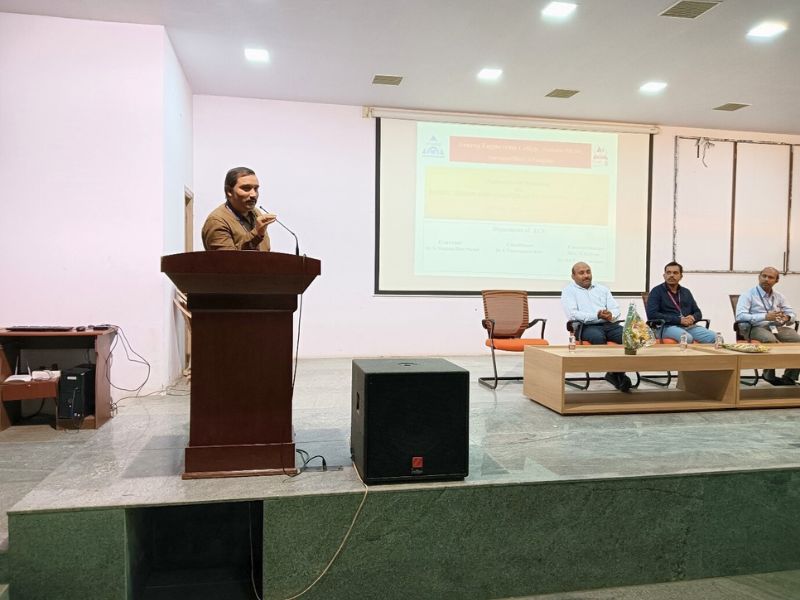
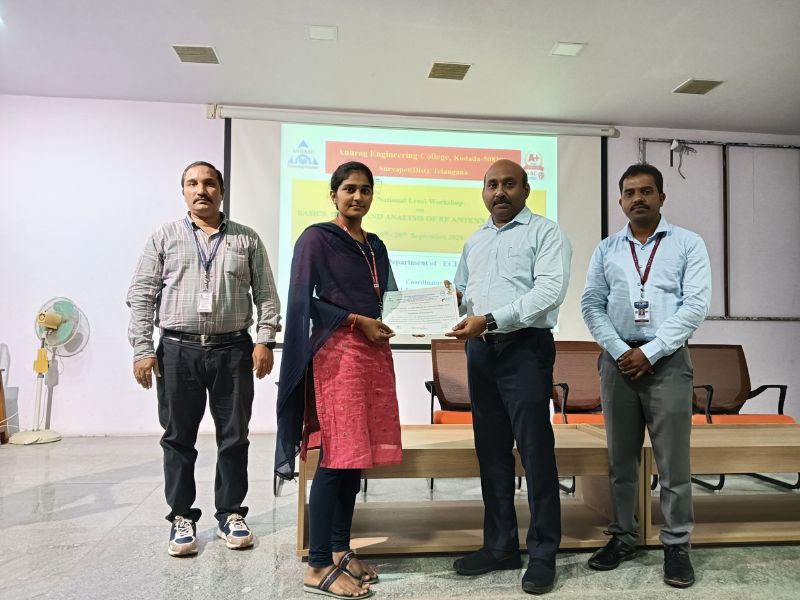

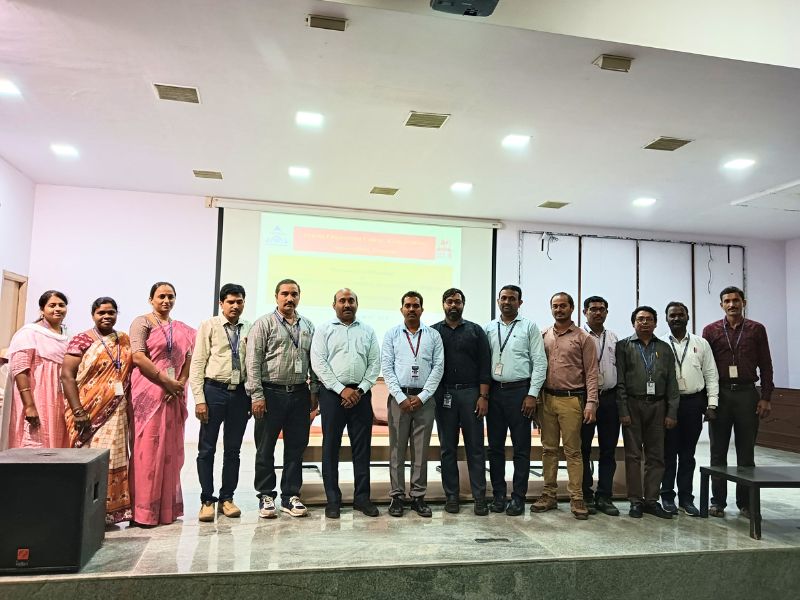

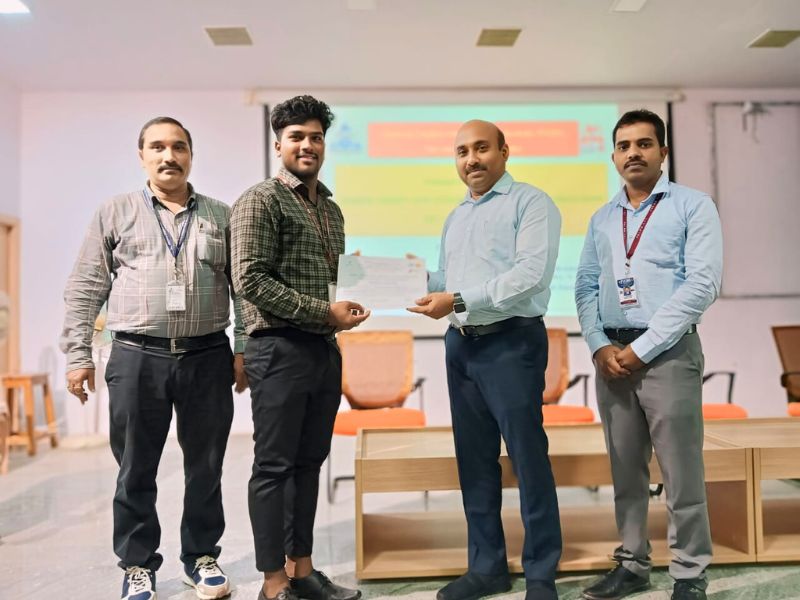
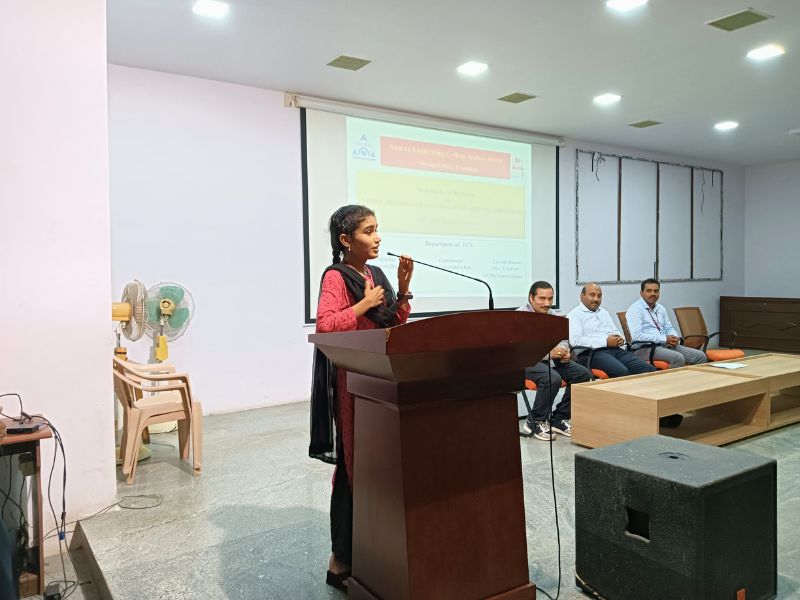


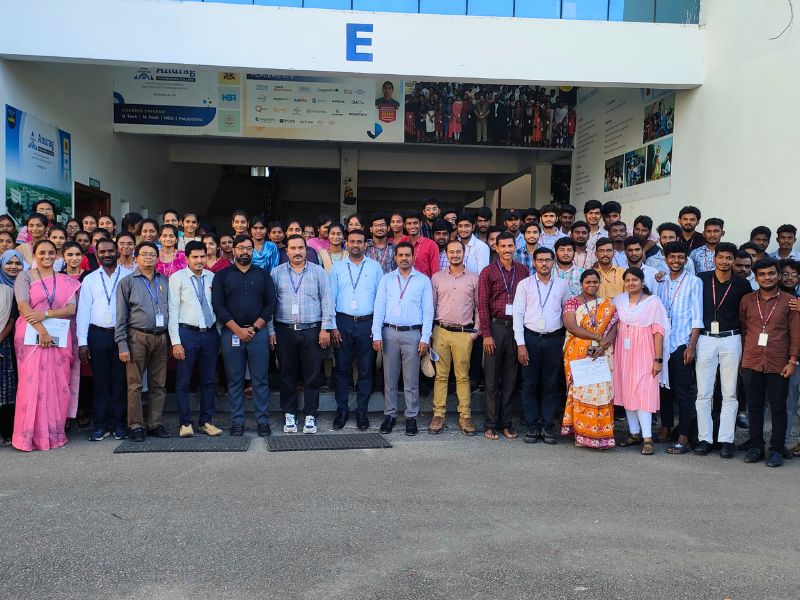
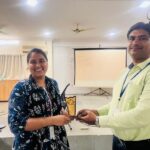
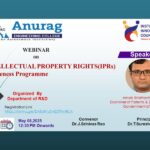
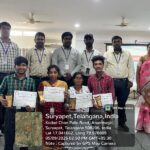
0 Comments